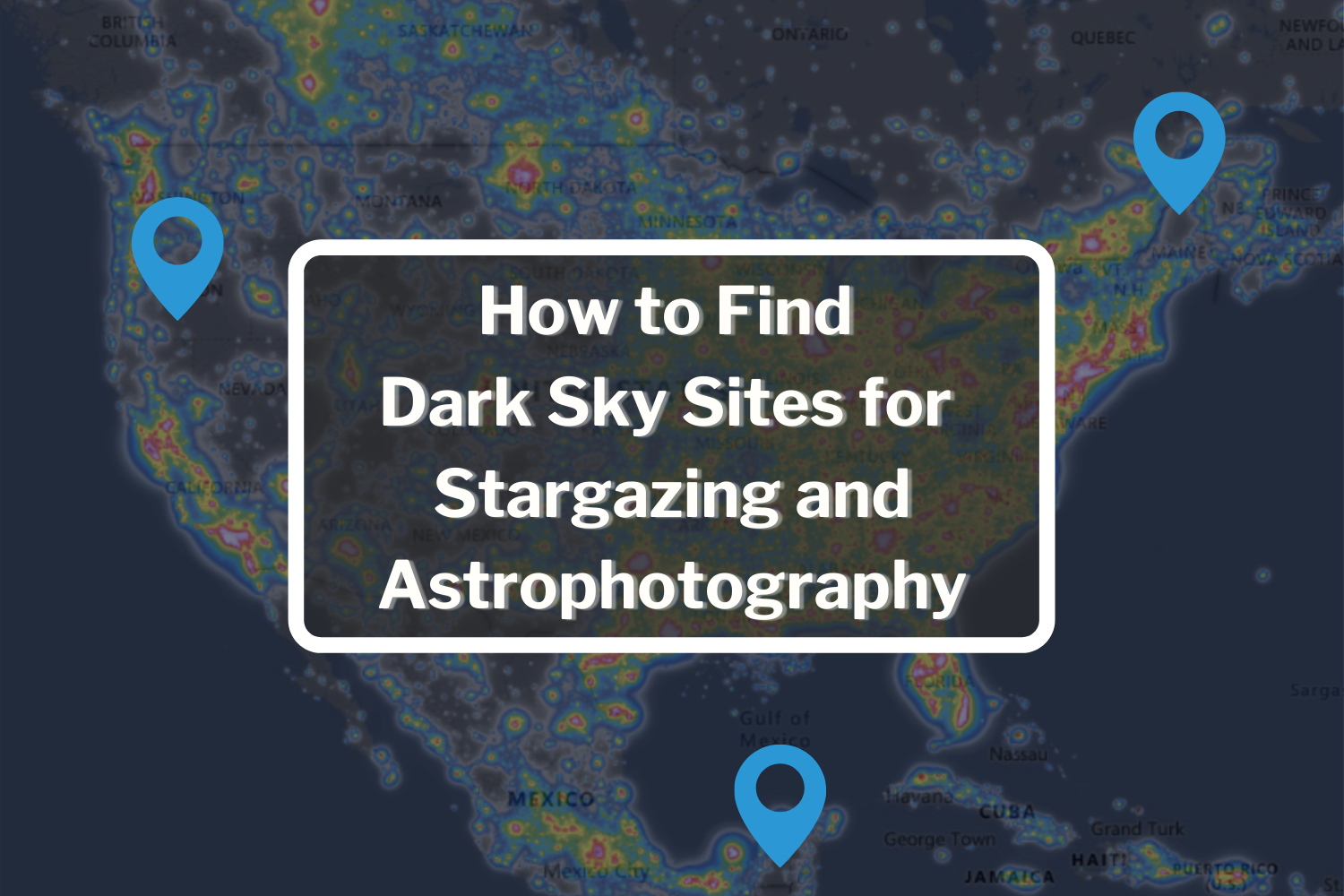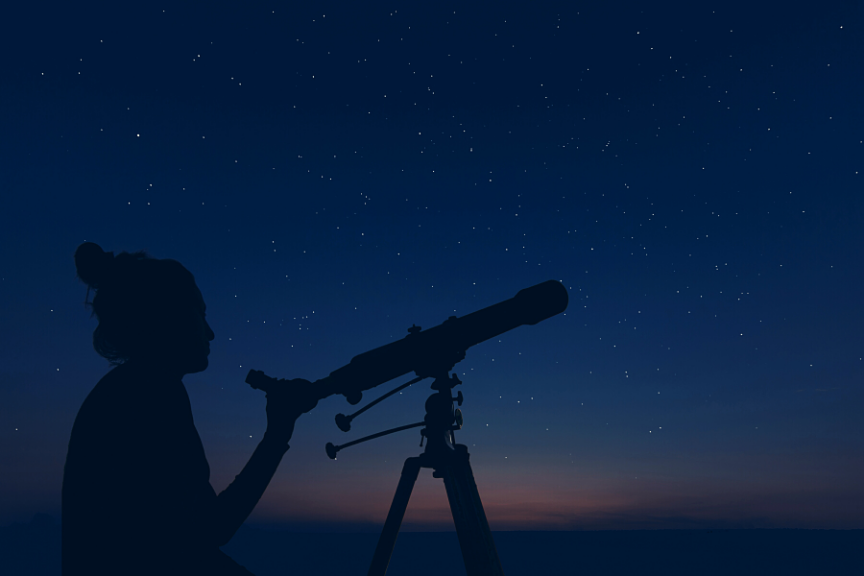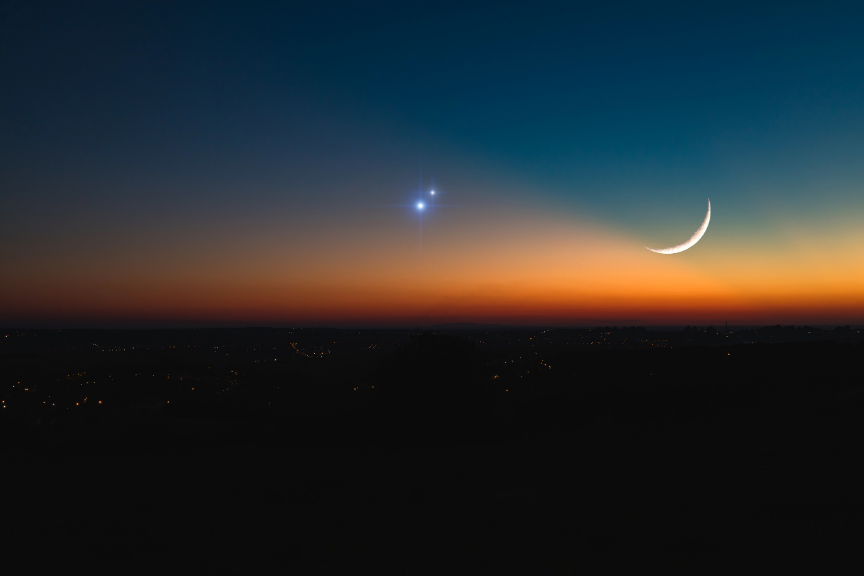How to See Galaxies With Your Telescope
When there are more celestial objects than we can count, why stop exploring the night sky at the Moon and bright planets? Telescopes were designed to be your shipinto the universeand exploring observable galaxies is an exciting journey in the hobby.
If thisis your first time using your telescope, checkout ourtips for beginners foradvice on gettingstarted.
Why Are Galaxies Hard to Observe Through a Telescope?
Galaxies are some of the most distant objects we can observe. While most planets, stars, and nebulae are usuallypretty nearby to us, we can observe galaxies that are millions of light-years away. Each galaxy is like our own, filled with hundreds of billions of stars. Although we can't resolve the stars individually because they're so far, we can see the collective glow from those billions of stars through a telescope.
Unlike planets and bright stars, galaxies fade out as they expand. Even if a galaxy isbright, the most you might typically see is its core with a 4-inch telescope.Don’t be discouraged though, this is where the fun really begins.
As you get startedinobserving galaxies, a great starting place is its brightness. From there, you can study its shape and the objects around it. Usingastrophotography apps like the CelestronSkyPortal app can help direct you towards what's in the sky from your location.
How to ImproveGalaxy Viewing Through YourTelescope
- Bortle zones - darker skies
- Increase power -eyepieces
- Invest in alargeraperturetelescope
Bortle Zones

Finding dark sky locations near you cangreatly improve what you can see in the night sky.You can usedark sky maps to find the nearest location to you.Dark sky locations are categorized by Bortle Zones ranked by light pollution from things like city lights to traffic in the area. The scale is numbered 1-9, with the number 1 being the darkest of dark skies and the number 9 being thebrightest like Times Square in New York!
Increasing Your Telescope’s Power
Eyepieces are a great tool to maximize your telescope’s light capturing abilities.You’ll want tochoose an eyepiece that is a good fit for your size telescope.Buying the highestmagnitude eyepieceisn’talways thebest solution because, depending on your telescope’saperture, it can betoo powerfulandproduce a blurry view.
Larger Aperture Telescopes
A 4-inch telescope isa great beginner telescope tostartexploring the night sky. As you learn more about the possibilities of the night sky, you maylook into investing in a largeraperture telescope. With professional observatories being the best choice, classic telescopes likeDobsonianscan also produce some stunningdetails.A great starting point when investing in alarge-aperture telescopeis one withanaperture greater than 8 inches.
Smart Telescopes
Some telescopes that are categorized assmart telescopesbecause theyautomate your observing experience at the touch of a buttonusing your smartphone or tablet!Some great options to choose from areUnistellar’seVscopeandVaonis’ STELLINA.TheeVscopeprovides an eyepiece to look throughthatgives you a live processed image! Another popular smart telescope isVaonis’ STELLINA forits ability to live stream the celestial object of your choice as it stackson your phone or tablet.STELLINAcanconnect up to 20devices, making it a shareable experience with family and or friends.
Although these smart telescopes won't give you an optical view through the eyepiece, they will show you a lot more detail than a traditional eyepiece can because it's stacking and processing an image automatically for you.
One of the best parts about these smart telescopes is that you can save the final processed image to your phone and/or tablet to share on social media. Don't forget to tag us or use the hashtag #opteam for a chance to be featured!
What About Filters?
We don't recommend using any filters for visual observing for galaxy viewing unless you live under heavy light pollution. If you live under heavy light pollution, a moon & skyglow filter may give you better results.
Types of Galaxies to Observe
Check out ourastronomy events series to learn more about what constellations are up in the skyin your hemisphere and during what months. The best time to see galaxies is typicallyduring early spring into summer, when most galaxies are at their brightest!
What Galaxies Can I See with My Telescope?
- M31 - Andromeda Galaxy (fall)
- M33 - Triangulum Galaxy (fall)
- M81/M82 - Bode's & Cigar Galaxies (best in winter, but visible most of the year)
- Milky Way Core (summer)
- M101 - Pinwheel Galaxy (spring)
For moreinspiration on your next clear night, check out thesedeep space objects for beginnersfor ideas.
Let us know what your favorite observable galaxy is in the comments below!
Clear skies!











